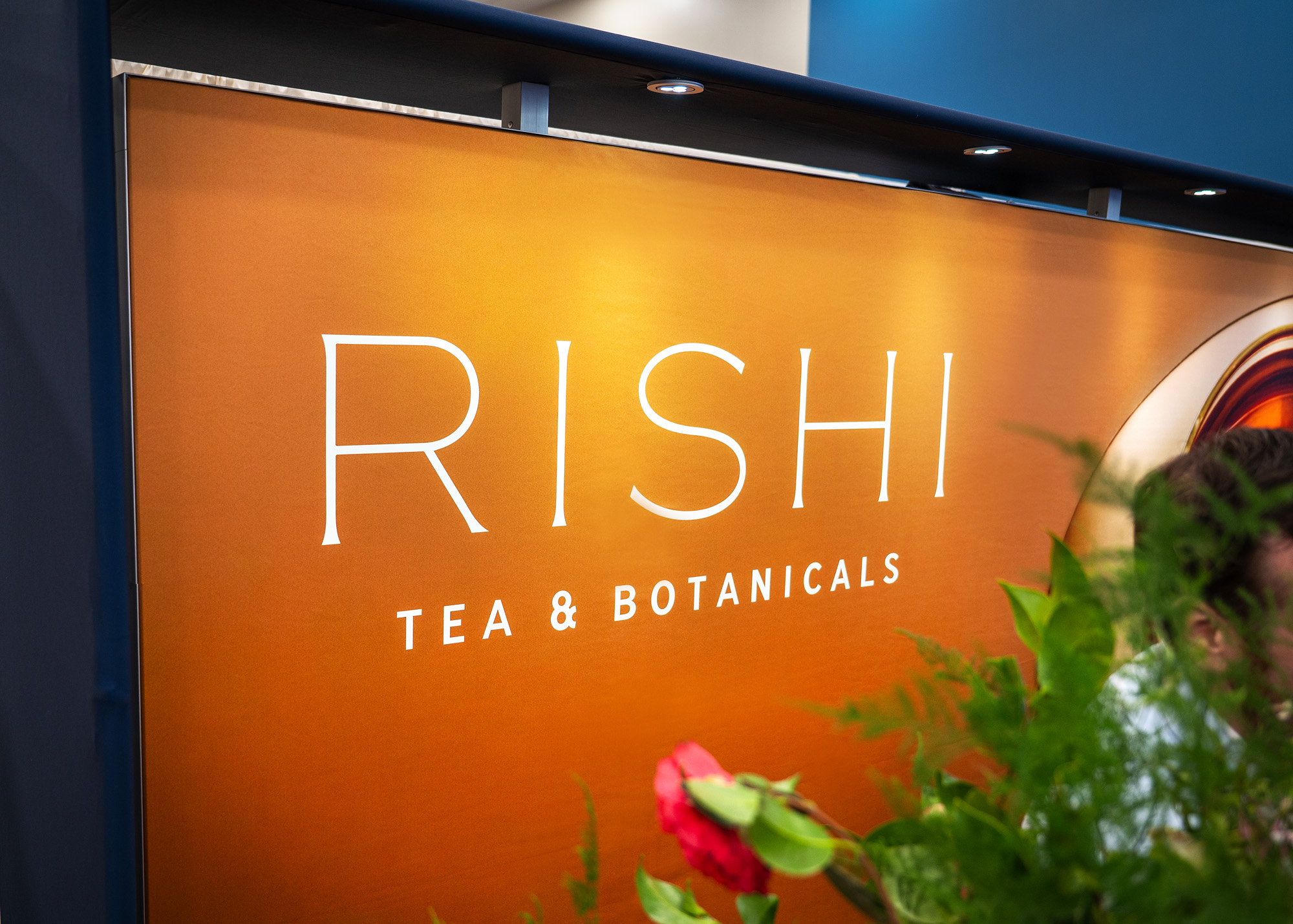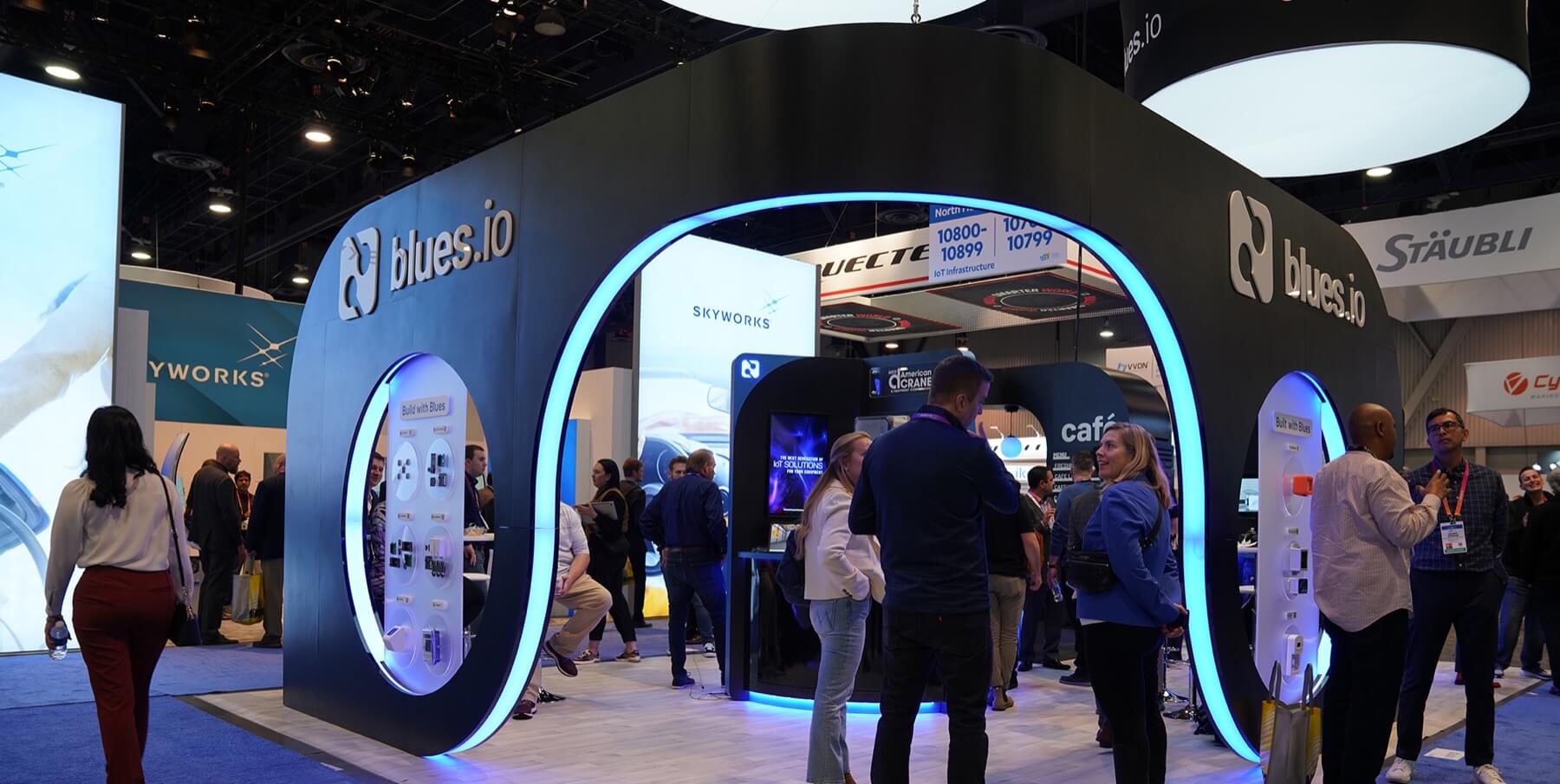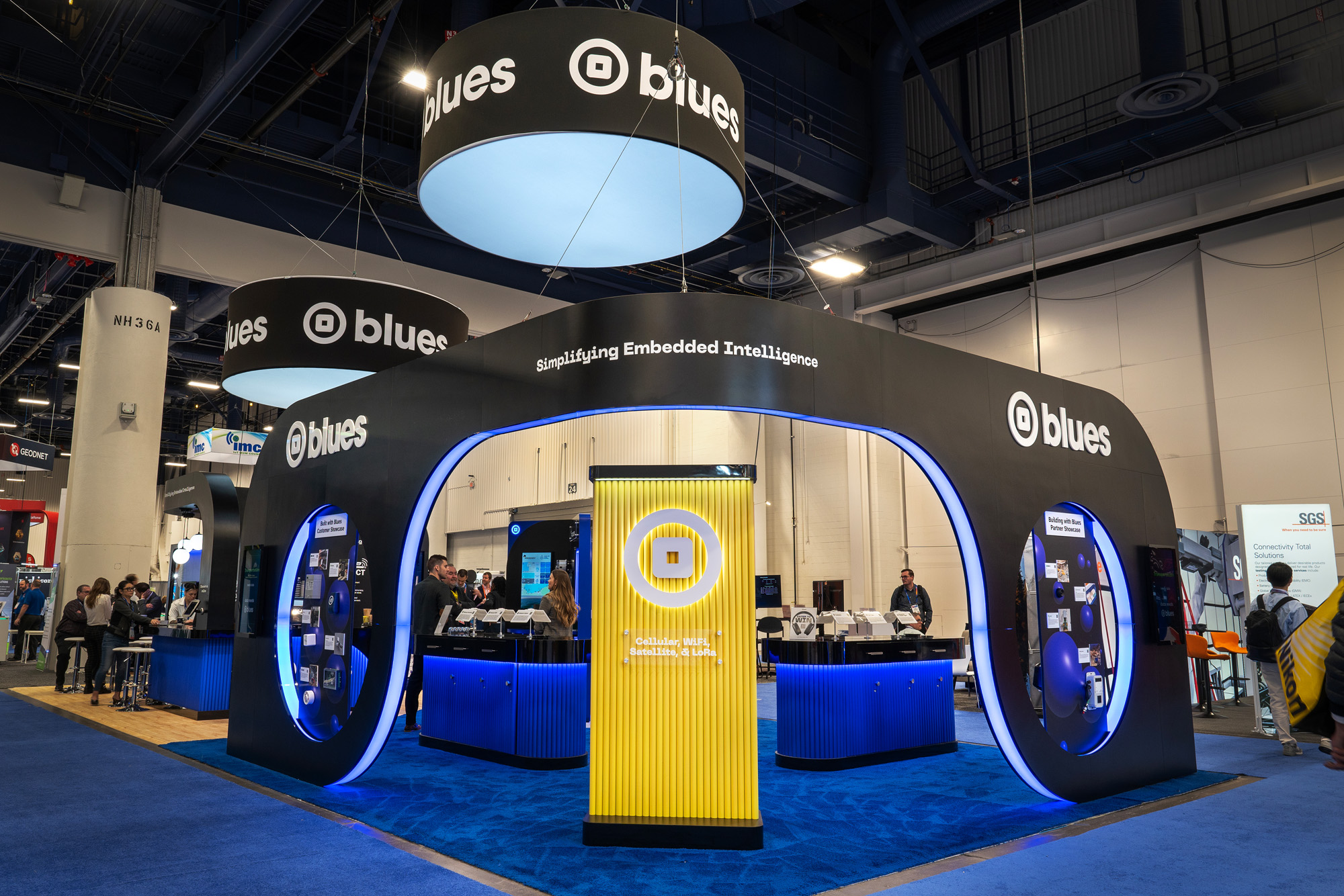Trade shows costs are on the rise with 34% of industry survey respondents increasing their budgets to meet these evolving costs. While trade shows offer a dynamic platform to meet prospects, launch new products, and build brand awareness, marketing leaders must carefully balance potential ROI with rising costs driven by inflation, higher interest rates, and supply chain challenges. As a result, many leaders are looking for strategies to cut costs or stretch existing budgets further. Here’s a closer look at several strategies that leading brands use to make the most of their trade show budgets.
Selective participation.
One of the most effective ways to manage trade show costs is by being strategic about which events you attend. Instead of committing to every industry event, take a step back (enlist a strategic partner if you need additional perspective) and evaluate which trade shows offer the best potential ROI. Consider factors such as the target audience, location, expected foot traffic, and the presence of competitors in the larger context of what you’re hoping to achieve. By choosing events that have a higher industry profile, the most relevant attendees, or approachable budgets, you’ll be able to attend the most important shows while controlling expenses.
Modular booth designs.
The cost of building, shipping, and setting up a custom trade show booth can be expensive. It’s often worth it for your most important events, but if you’re planning for a network of smaller shows or regional events for example, modular exhibits can help trade show dollars stretch further. Modular booths are versatile, allowing you to adjust the design, layout, and messaging for each event without needing to start from scratch. With modular builds, you can also save on shipping and labor costs.
Digital marketing integration.
While in-person engagement at trade shows is valuable, you can extend your reach and reduce costs by integrating digital marketing into your strategy. Leveraging social media, email marketing, and targeted online campaigns leading up to the event helps create buzz and drives traffic to your booth. The same approach can help ensure that you’re building connections with each prospect that you capture during the event and maximize the impact of your investment in each show. Digital marketing can even help reduce the costs associated with printed materials that you use at the show. Screens, QR codes, and similar tools are both environmentally and economically sustainable strategies.
Booth rentals.
For companies facing tight budgets, booth rentals are a smart option. Renting a booth allows you to save on both design and build costs while still creating a professional and engaging presence. Many companies offer customizable rental booths that can be tailored to fit your branding and event-specific needs. Booth rentals are also ideal if you’re attending multiple shows with different requirements or testing out a show that you’re unsure you’ll attend again.
Partner with vendors that have a local presence.
Shipping booth components and materials across the country—or even internationally—can add significant costs to your trade show budget. To mitigate these expenses, consider partnering with a vendor that has locations near multiple show hubs, such as Las Vegas. By sourcing materials and services locally, you can save on shipping, reduce logistical complexities, and minimize your carbon footprint.
Scale down strategically.
If your budget doesn’t allow for a large booth or an elaborate display, it’s still possible to create an engaging experience on a smaller scale. Focus on designing an intimate, immersive booth experience that emphasizes quality over quantity. For example, interactive technology such as touch screens, hands-on demos, or virtual reality can draw attendees in and create a memorable experience in any booth size. From a design perspective, creative lighting, bold visuals, and thoughtful product placement all make strong impressions without needing lengthy set up.
Continuous ROI evaluation.
An important step you can take to drive efficient spending and strong returns at trade shows is evaluating the return on investment. After each event, take the time to assess what worked well and where there’s room for improvement. Track metrics such as lead generation, engagement levels, and overall costs to determine whether your participation was successful. Refining your trade show strategy based on past performance allows you to identify cost-saving opportunities and improve your approach to future events.
Work with a full-service partner.
The vendors that you choose to work with can really determine how cost-effective your trade show program is overall. Working with a full-service partner can help streamline communications and reduce costs, from freeing up staff time to helping you take advantage of bundled pricing. A full-service partner should be able to offer different booth services from custom builds to modular designs, as well as supporting logistics, leveraging a network of their own partners, and even on-site support. With transparent and comprehensive pricing, it’s possible to get more done while keeping budget in mind.
Trade shows are a powerful way to connect with customers, but rising costs and tighter budgets require a strategic approach. With careful planning and the right strategies, it’s possible to navigate budget constraints and ensure that your trade show efforts deliver strong results. Working with the right partner is a great way to start. Ready to learn more about the advantages of working with a full-service partner?








